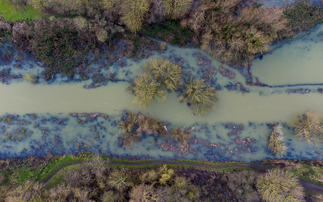COVAC warns cooling tower operators need to act to tackle Legionnaire's disease risks
Business owners with cooling towers on-site are being urged to consider the health impacts that can arise from these structures. With the Health and Safety Executive recently announcing plans to inspect...
To continue reading this article...
Join BusinessGreen
In just a few clicks you can start your free BusinessGreen Lite membership for 12 months, providing you access to:
- Three complimentary articles per month covering the latest real-time news, analysis, and opinion from Europe’s leading source of information on the Green economy and business
- Receive important and breaking news stories via our daily news alert
- Our weekly newsletter with the best of the week’s green business news and analysis







